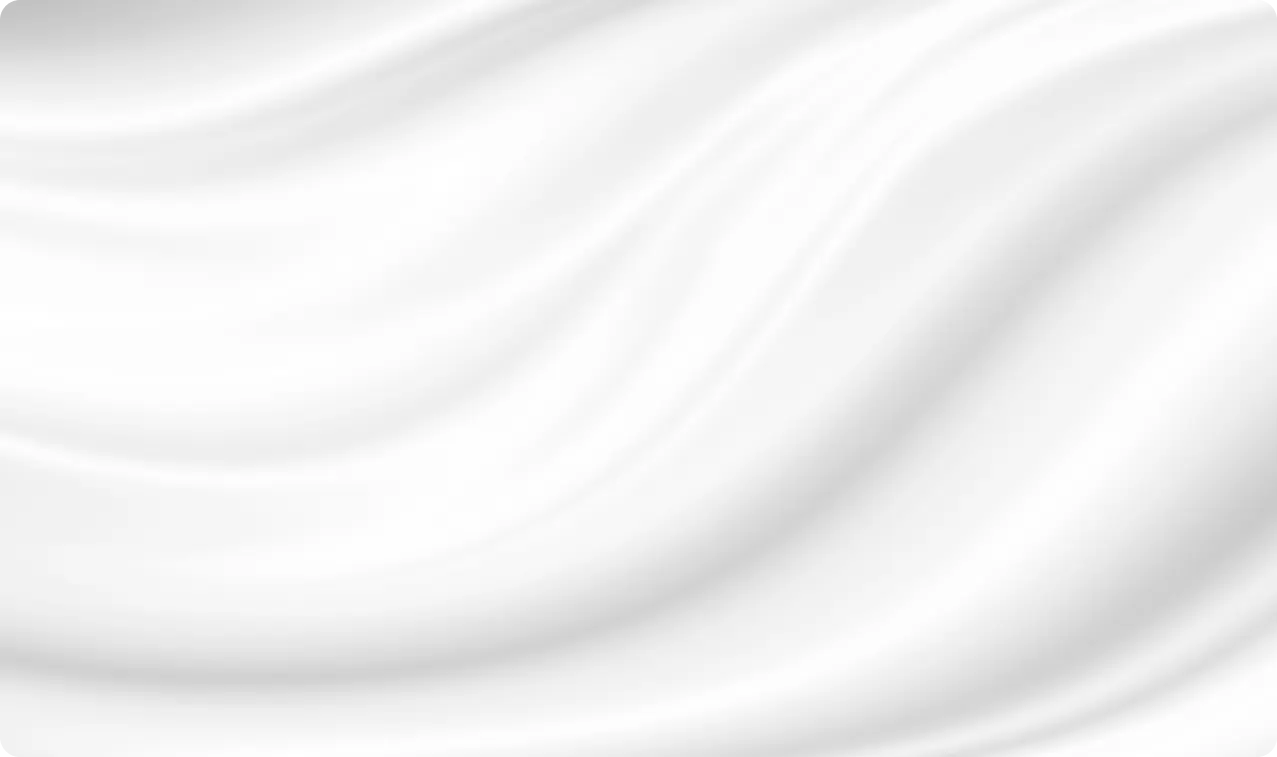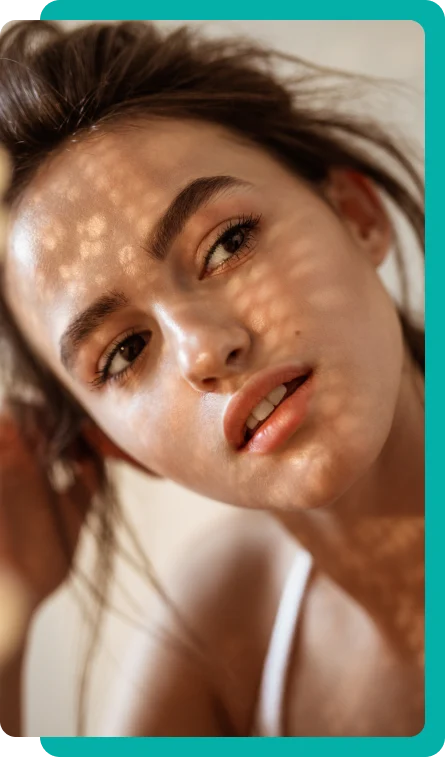For Patients
About
For Providers
Locations
Blog
Contact
Menu
Cheek fillers rarely cause adverse events or serious complications provided that they’re administered by an experienced injector. However, it’s also not uncommon for patients to experience persistent swelling which can result in palpable lumps or bumps under the cheeks. In most cases, lumps from cheek fillers aren’t concerning or life-threatening and there are several treatments that can help resolve them.
So how do you get rid of lumps from cheek filler injections? Cheek filler lumps can usually go away on their own with basic home remedies within a few days or weeks. If they persist, cosmetic providers may massage the affected area to smooth out the lump or they may inject a solution to completely dissolve the filler material.
Many people are getting facial fillers to restore volume and improve the shape and fullness of their cheeks. That’s why it shouldn’t be a surprise that your cheeks or midface will look a bit swollen or larger for a while after the fillers are injected.
Lumpy cheek fillers are a normal reaction to the cosmetic procedure. Aside from the cheeks, this side effect also appears to be more prominent when fillers are injected into areas with thinner skin, such as the lips or lower eyelids.
Generally, you can’t see the lumps but you can touch or feel them when you’re palpating around the cheek area. The majority of cases of palpable cheek filler lumps should be able to dissolve over time as the injectable material settles in the treated site. If the lumps are visible, you might need to monitor them, and your provider may recommend massaging the bumps to try to break them down.

Following cheek filler aftercare instructions is the best way to minimize the possibility of lumps and bumps after the procedure. If you already have cheek filler lumps, there’s no need to panic since they’re easily manageable at home. Here are some of the best ways to reduce lumps and bumps from cheek injections:
Your provider may recommend massaging the treated area with visible lumps or bumps. This can help smooth out the affected site and assist the filler in integrating into your skin tissues. When massaging the cheeks, do it in a circular motion with gentle pressure to help it settle in the area.
Another way to manage cheek filler lumps and bumps is to reduce the swelling. You can apply a cold compress or ice pack covered in cloth over the treated area to minimize swelling and inflammation. It can also help decrease the blood circulation in the area to conceal the pain and provide relief after cheek fillers.
When sleeping or resting, be careful not to lie on the side where the cheek fillers were injected. This could cause migration of the injectables and result in asymmetry or the appearance of lumps and bumps. Try to sleep on your back for the first few days when the cheek filler is still settling in the area.
One of the great things about using cosmetic fillers for cheek augmentation is that they’re minimally invasive. Unlike plastic surgery, you’d only need to receive a few injections to the treatment area without worrying about cutting the skin open. There’s also no downtime and side effects are mostly minimal and temporary.
But besides injection site pain, bruising, and tenderness, lumps can be a common occurrence with every cheek filler treatment. Here are some of the possible reasons why you experience bumps and lumps after cheek fillers:
One of the common causes of cheek filler lumps is swelling. Any cosmetic procedure is associated with some degree of swelling after the treatment session. It’s usually a result of the minor trauma to the skin tissues during the injection of the cheek fillers. Post-treatment swelling can subside within 2 to 3 days and as it goes down, the lumps should also get better.
There’s also a risk of having cheek filler lumps when the procedure is done by an inexperienced injector. Just like lip filler injections, cheek enhancement requires careful and skillful application of the fillers in the right areas. If your injector lacks training, there’s a chance that they may inject the filler too superficially which may result in visible lumps. Using needles instead of microcannula for filler placement may also increase the risk of lumpy cheek fillers.
Lumps and bumps may also be a result of using too many fillers for cheek augmentation. The degree of facial volume loss is different for every individual. That’s why it’s important for providers to use only the right amount of fillers needed to achieve natural-looking cheek fullness. Overfilling the cheeks may result in noticeable lumps and unnatural results.
Cheek filler lumps may also occur when the injectable material moves from its original site. After the procedure, patients are instructed to avoid massaging or putting too much pressure on the treated area to prevent migration. But if you accidentally touch or apply pressure on it, the filler may not settle properly and migrate to other areas causing visible lumps on your face.
Using low-quality dermal filler injections may also result in lumps or bumps after the cosmetic treatment. Some injectable materials may attract too much moisture on the treated site and the accumulation of fluid can lead to visible lumps on the cheeks. For this reason, it’s important to choose the right cheek filler product that suits the patient’s skin type and aesthetic needs.
Most lumps and bumps are a mild side effect of cheek fillers. They should be able to resolve on their own with proper aftercare practices. Additionally, if you received hyaluronic acid fillers for cheek augmentation, its effects are temporary and any unwanted adverse reactions should go away within several weeks.
But if you had thicker or semi-permanent cheek fillers, such as Sculptra or Radiesse, they may be more difficult to manage and its side effects may last longer. They may also cause clumping of lumps or granuloma formation which may be harder to dissolve.
If you have persistent swelling and lumps from hyaluronic acid fillers, they can be removed with an enzyme called hyaluronidase. It’s an injection that can help break down HA-based fillers and get rid of lumps and bumps.
On the other hand, if you have lumps or granulomas caused by non-HA cheek fillers, providers may try dissolving the material with steroid injections. Some studies also suggest the use of sodium thiosulfate to dissolve Radiesse fillers in the event of lumps or other adverse reactions. Surgical excision may also be a last resort for lumps caused by semi-permanent fillers. This procedure will directly remove the visible granulomas and palpable lumps.
Hard lumps from cheek fillers may be a sign of delayed inflammatory reaction from the cosmetic procedure. They may be accompanied by chronic inflammation, edema, nodules, skin thickening, and redness.
On rare occasions, hard and tender lumps may also indicate a possible allergic reaction from the fillers. Its symptoms may include tenderness, swelling, itching, and pain in the treated area. You should immediately seek medical help or consult your cosmetic provider if you notice any sign of allergic reaction from the cheek fillers.

Lumpy cheek fillers aren’t that uncommon and shouldn’t be a cause of serious concern. Most of the time, they can easily be remedied at home with a cold compress or gentle massage. They can also be corrected with filler-dissolving solutions such as hyaluronidase.
Dr. Lanna Aesthetics is a trusted provider of safe and effective cheek fillers serving clients in New York and nearby areas. With our experience in aesthetic procedures, we can help you achieve your desired cheek enhancement results with as minimal side effects as possible. Call us today to book your consultation or learn more about our dermal filler procedures.

Join Dr. Lanna & Dr. Doshi for a Transformation
Unlock the possibilities with our certified facial and oculofacial plastic surgeries. Attend our free webinar to find out how we can tailor solutions for you, with financing available to fit your budget.
